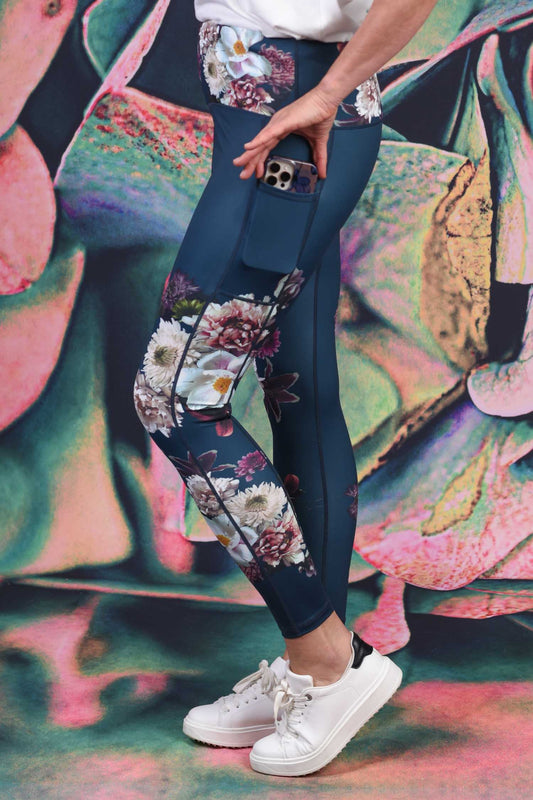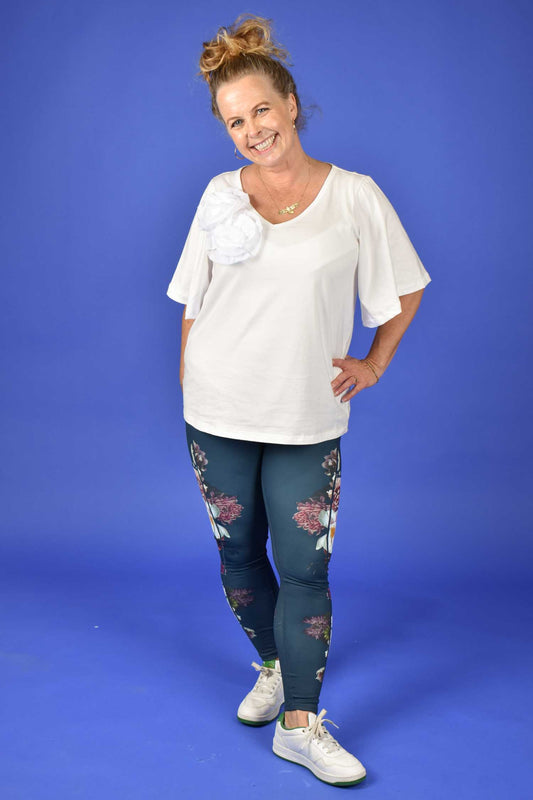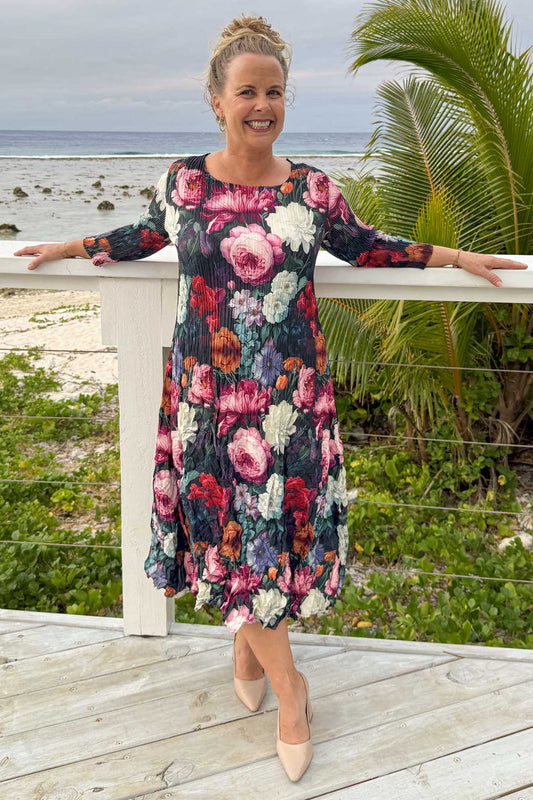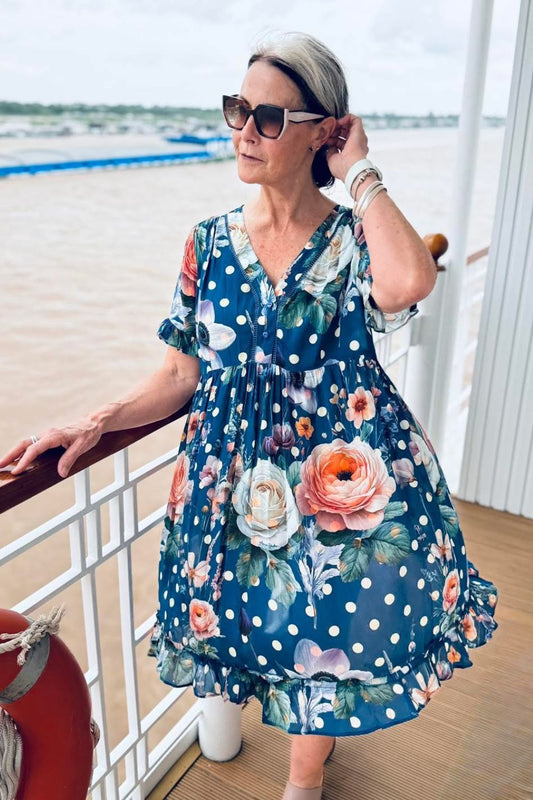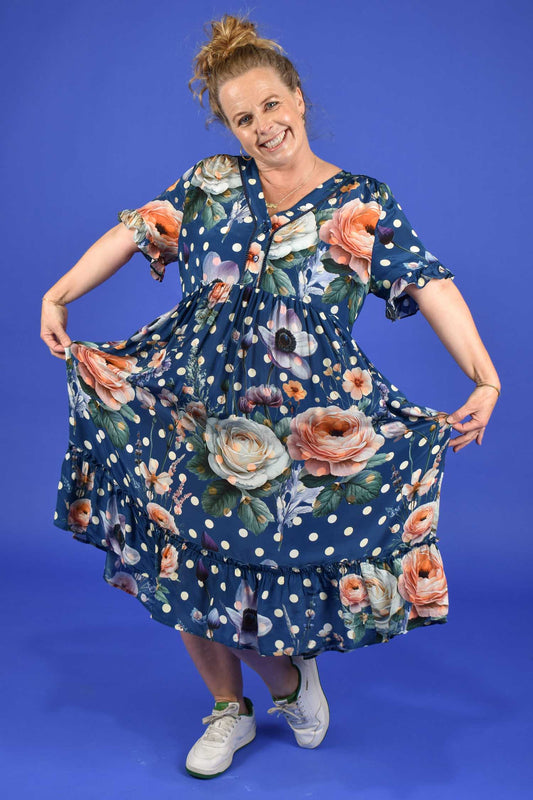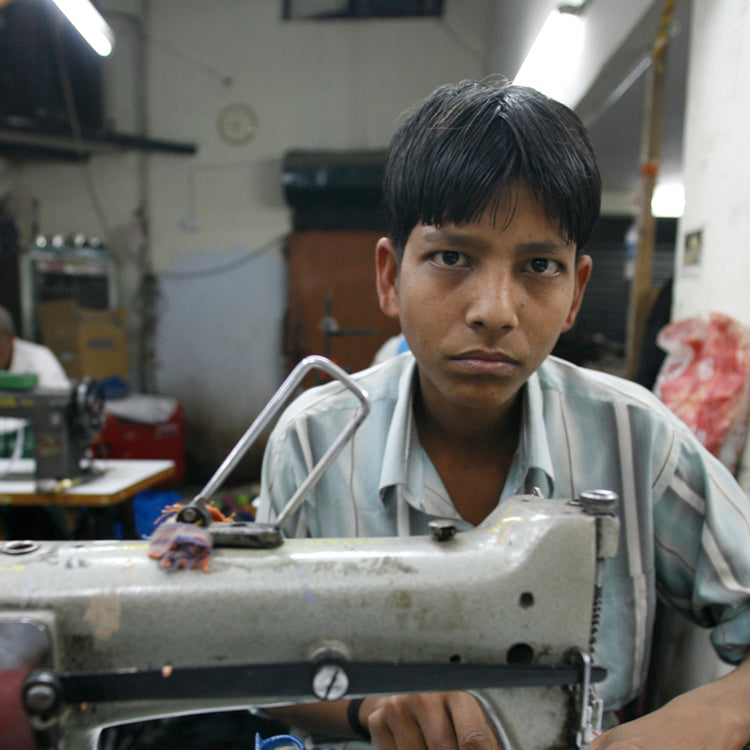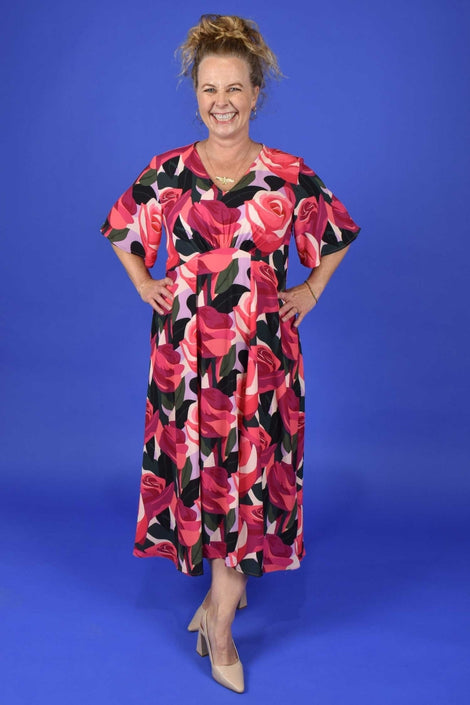
The supply chain of New Zealand Fashion designers has come under real scrutiny over the last few weeks as ‘Made in NZ’ claims have been found wanting. This latest furore comes hard on the heels of the release of the Tearfund Global Ethical Fashion Report 2018 in April which delivered a series of good, bad and ugly scorecards to a range of well-known New Zealand Fashion Brands on the basis of their supply chain.
As we know, the much-publicised demise of New Zealand’s manufacturing base has largely been a response to price competition. Let’s face it, New Zealand Made is simply more expensive when compared to imported fashion and price has always been king for many New Zealand shoppers. But at what point does the social impact of those low prices take centre stage and force a change of heart?
You may recall back in 2017 when a social experiment called the 2 Euro T-Shirt went viral. People queued at a vending machine to purchase a plain white tee-shirt for two Euro and who wouldn’t right? Coins were dropped into the slot, sizes selected, but just before the tee-shirt was ejected, a message appeared on screen showing a very young girl sitting at a sewing machine. ‘Meet Manisha,’ the screen reads, ‘she earns 13 cents an hour each day for 16 hours.’ The camera pans over a room crammed with young women all sewing white tee-shirts industriously. ‘Do you still want to buy this shirt?’ Then two buttons appear on screen – “BUY’ and ‘DONATE.’ Everyone donated.
Is that sort of confrontational imagery necessary to open our eyes to the perils of some offshore manufacturing operations? And more importantly, will this knowledge actually make a difference to the way customers make their purchasing decisions if they know brands only manufacture garments in factories where the staff are treated ethically?
The fashion industry is the third largest in the world, and is often ignored when it comes to comes to global matters – seen as light-weight and unimportant. How can a frock change the world? But fashion’s carbon footprint is immense, and making changes to a behemoth this size is going to take time and commitment.
Nevertheless, high profile research such as the Tearfund’s Ethical Fashion Report and consumers increasing appetite to buy ethically sourced garments will start to accelerate the need for mainstream fashion labels across the globe to make the end-to-end supply chain for their products completely transparent and ethical regardless of its footprint.
Although some Annah Stretton garments are still made in New Zealand, it is mostly only possible to achieve the beautiful fabrications and delicate trimmings when the garments are made in China. For this reason, Annah visits the factories she uses on a regular basis, and her team at Head Office are in daily communication with them. All of our China-based factories are small, owner-operator enterprises, they pay a fair wage, we know the owners personally, and the working conditions match the conditions of our remaining Auckland based CMT factories.
‘There is no beauty in the finest cloth if it makes hunger and unhappiness.’ Ghandi

